Perfume River in Vietnam: A Journey Through Tranquility and Cultural Wonders
Uncover the beauty and history of the Perfume River in Vietnam, a must-visit gem for nature lovers and cultural explorers alike. This travel guide takes you through top things to do, best times to visit, and nearby attractions — including the iconic One Pillar Pagoda in Vietnam. Whether it’s a peaceful boat ride or a deep cultural experience, your trip to Vietnam begins here.
Perfume River in Vietnam: Serenity Meets Soul

Some destinations are loud and chaotic others are soft-spoken and poetic. ThePerfume River in Vietnam, locally known as Song Huong, is definitely the latter. Flowing gracefully through the ancient capital of Hue, this river is not just a body of water its a reflection of Vietnams soul.
Stretching over 80 kilometers, the river winds through lush landscapes, quiet pagodas, and historic landmarks, creating a picture-perfect escape for anyone longing for peace and beauty. Whether you're planning a laid-back getaway or a culturally rich trip to Vietnam, this river should be high on your bucket list.
Why Is It Called the Perfume River?
Lets begin with the name Perfume River sounds poetic, right?
The river gets its name from the fragrant flowers that fall from the orchards upstream, especially during autumn. As the petals float downstream, they release a gentle fragrance that lingers in the air a natural perfume thats both soothing and symbolic of the areas elegance.
Things to Do Along the Perfume River
You can experience the Perfume River in Vietnam in more ways than one. Here are some top activities to make your journey unforgettable:
1. Boat Ride at Sunset
A traditional dragon boat ride on the river, especially during the golden hour, is pure magic. Watch the sky turn hues of orange and pink while drifting through calm waters. Many tours include live Vietnamese music and cultural storytelling on board.
2. Visit Thien Mu Pagoda
One of the most iconic Buddhist temples in Hue, this 7-tiered pagoda sits on the banks of the Perfume River. It's often the first stop on a river tour and offers breathtaking views of both the river and the city.
3. Explore the Imperial City
Not far from the river is the UNESCO-listed Imperial City of Hue a sprawling complex of palaces, temples, and gardens. Its a great way to understand the historical significance of the area.
4. Enjoy Riverside Cafes and Local Cuisine
Hue is famous for its unique royal cuisine. Enjoy a riverside bowl of bun bo Hue (spicy beef noodle soup) or sip a Vietnamese iced coffee while soaking in the peaceful views.
Best Time to Visit the Perfume River
-
Spring (Feb-April): Flowers are in bloom, temperatures are mild, and the river lives up to its fragrant name.
-
Autumn (Sep-Nov): Cool breezes and floating blossoms this is the most poetic time to visit.
-
Avoid Monsoon (Oct-Dec): Heavy rains may affect boat rides and visibility.
Cultural Significance of the Perfume River

Beyond its natural beauty, the river holds a deep place in Vietnams history and culture. It has been a witness to imperial glories, spiritual practices, and even wars. Local poets and musicians often use the river as a symbol of longing and love in their works.
During festivals, the river lights up with lanterns and traditional performances, creating a mystical atmosphere that feels like stepping into a storybook.
Nearby Attractions You Shouldnt Miss
When you visit the Perfume River in Vietnam, its not just about the water. Here are a few must-see spots nearby:
1. Tomb of Emperor Minh Mang
This is one of the most well-preserved royal tombs in Hue, located near the river. The architecture blends harmoniously with the surrounding forest and lake, making it a tranquil and spiritual site.
2. Dong Ba Market
Just a short walk from the riverbanks, this bustling market is perfect for souvenir shopping and tasting local snacks like banh khoai and nem lui.
3. Tu Duc Tomb
Another stunning royal mausoleum, known for its artistic design, pine-shaded gardens, and peaceful lotus ponds.
Exploring the One Pillar Pagoda in Vietnam
While you're deep-diving into Vietnamese culture, dont miss another spiritual marvel: the One Pillar Pagoda in Vietnam.
What Makes It So Special?
Located in Hanoi, this Buddhist temple stands on a single stone pillar, rising from a lotus pond a symbolic representation of purity and enlightenment in Buddhist tradition. It was originally built in 1049 and has been restored several times since.
Why Visit?
-
Its considered a symbol of Hanois cultural identity
-
The structure mimics a lotus blossom, which is deeply sacred in Vietnamese Buddhism
-
You can receive blessings and make offerings for good luck and peace
If you're on a trip to Vietnam that covers both northern and central regions, pairing the Perfume River in Hue with the One Pillar Pagoda in Hanoi gives you a well-rounded cultural experience.
Travel Tips for First-Time Visitors
-
Currency: Vietnam uses the Vietnamese Dong (VND). Carry small notes for local purchases.
-
Transport: You can rent a bicycle or motorbike to explore Hue or take guided tours along the river.
-
Dress modestly when visiting temples or pagodas.
-
Stay hydrated Vietnams weather can get humid, especially in summer.
Suggested Itinerary: Hue + Hanoi (5 Days)
Day 1: Arrive in Hue, explore Dong Ba Market and local street food
Day 2: Boat ride on the Perfume River, visit Thien Mu Pagoda, and Imperial City
Day 3: Tomb hopping visit Minh Mang and Tu Duc Tombs
Day 4: Travel to Hanoi, visit the Old Quarter and enjoy a local food tour
Day 5: Visit the One Pillar Pagoda and nearby Ho Chi Minh Mausoleum before departure
Final Thoughts

The Perfume River in Vietnam is more than just a scenic spot its an emotional journey. From the aroma-filled waters of Hue to the spiritual calm of One Pillar Pagoda in Vietnam, your trip to Vietnam becomes a harmonious blend of nature, culture, and introspection.
So, whether you're floating down the river under a sky full of lanterns or standing quietly in front of a centuries-old pagoda, remember: in Vietnam, beauty isnt just seen its felt.







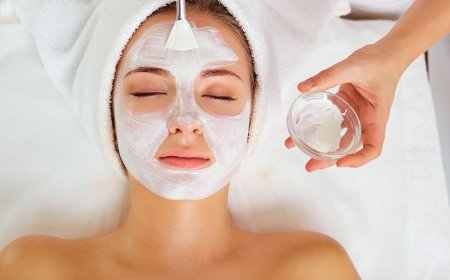






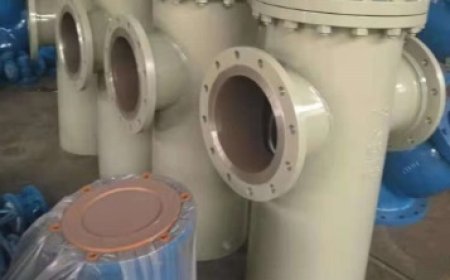

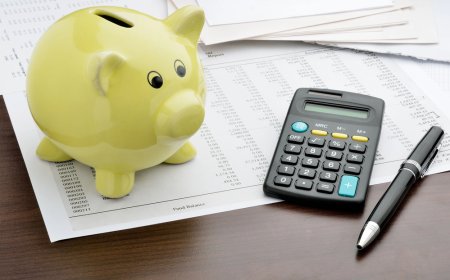






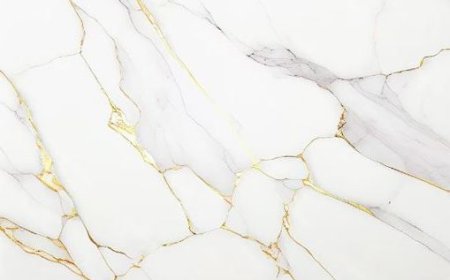
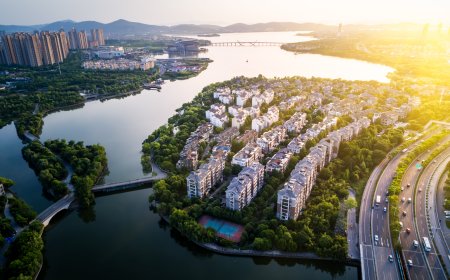
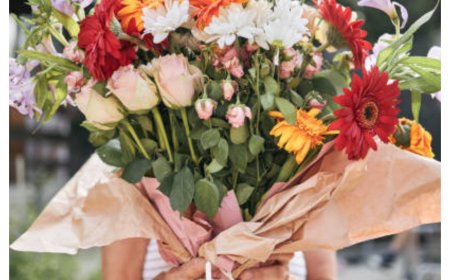

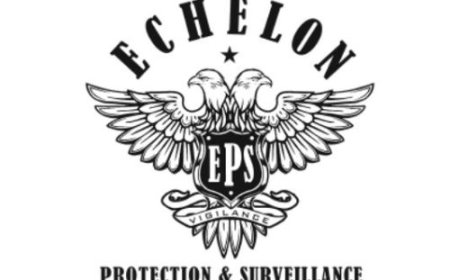










![Play99 Login & Registration Guide for Indian Users [2025 Update]](https://www.atlantanewsplus.com/uploads/images/202507/image_140x98_6870c1df7bfcd.jpg)